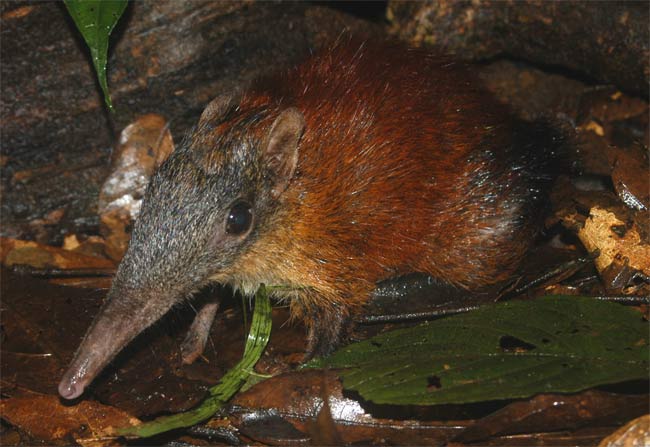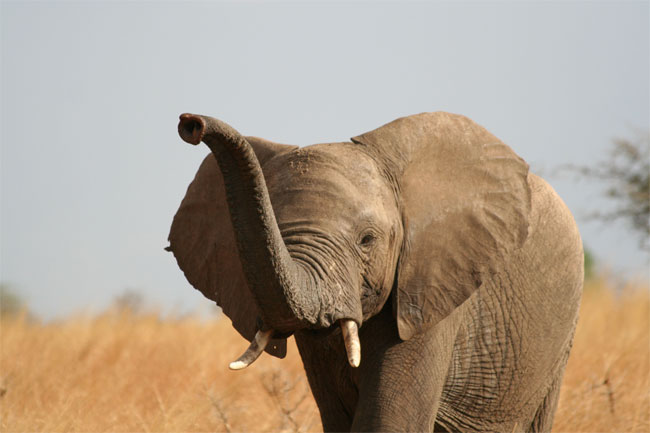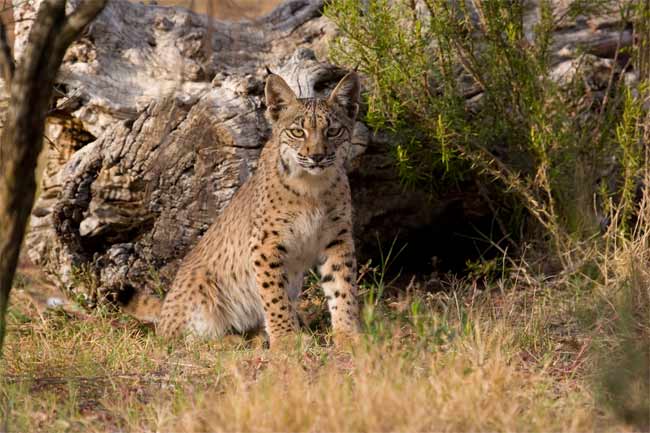See the Mammals Facing Extinction
Grey-Faced Sengi

The Grey-Faced Sengi (Rhynchocyon udzungwensis), an elephant-shrew from Tanzania, is listed as Vulnerable because it is known from only two areas. It belongs to a group of mammals called Afrotheria that evolved in Africa over 100 million years ago and whose relatives include elephants, sea cows, and the Aardvark. The Grey-faced Sengi was only described this year after being caught on film in 2005 in Tanzania’s Udzungwa Mountains.
Fishing Cat

The Fishing Cat (Prionailurus viverrinus) is a skilful swimmer, found mainly in wetland habitats such as swamps and mangrove areas. It is now listed as Endangered because of the severe decline throughout much of its Asian range. Threats include human settlement, draining of its habitat for agriculture, pollution, excessive hunting, wood-cutting and over-fishing.
Caspian Seal

The endangered Caspian Seal (Pusa caspica) occurs throughout the Caspian Sea, using the winter ice sheets as a surface on which to give birth and nurse pups. Its population has declined by 90 percent over the last 100 years due to unsustainable levels of commercial hunting, habitat degradation and pollution.
African Elephant

The African Elephant (Loxodonta africana) lives in some 37 countries in sub-Saharan Africa. Across the continent, the total population is believed to have declined by about 25 percent between 1979 and 2007. Poaching for ivory and meat is considered the major threat to the species.
Iberian Lynx

The critically endangered Iberian Lynx (Lynx pardinus) has a total population of something like 84 to 143 adults, restricted to areas of Spain and Portugal. Their decline is partly due to a loss of its primary prey, the European rabbit (Oryctolagus cuniculus).
Black-Footed Ferret

The Black-footed Ferret (Mustela nigripes) from North America is no longer Extinct in the wild after a massive effort to reintroduce captive animals back to parts of its range. The species is highly dependent for food on prairie dogs, which declined drastically in the 20th century.
Pere David's Deer

Pere David's Deer (Elaphurus davidianus) is considered Extinct in the wild. Known in Chinese as Milu, their English name is derived from the French missionary Father Armand David. The last wild population is thought to have been eaten by troops during the Boxer Revolution at the turn of the 19th century. They were reintroduced into China in the late 1980s from captive animals, which are not considered wild.
Get the world’s most fascinating discoveries delivered straight to your inbox.
Tasmanian Devil

The now endangered Tasmanian Devil (Sarcophilus harrisii) is the size of a small dog and found only on the Australian island state of Tasmania, the Devil is the largest carnivorous marsupial in the world. The global population of this species has declined by more than 60 percent over the last 10 years due to a fatal infectious cancer called Devil Facial Tumour Disease (DFTD).
Wild Horse

There are currently 325 Wild Horses (Equus ferus) in Mongolia. Previously listed as Extinct in the wild, Wild Horses moved down a category to Critically Endangered as a result of ongoing reintroduction efforts. The main current threat to the reintroduced population is hybridization with and the potential for disease transmission from domestic horses.

